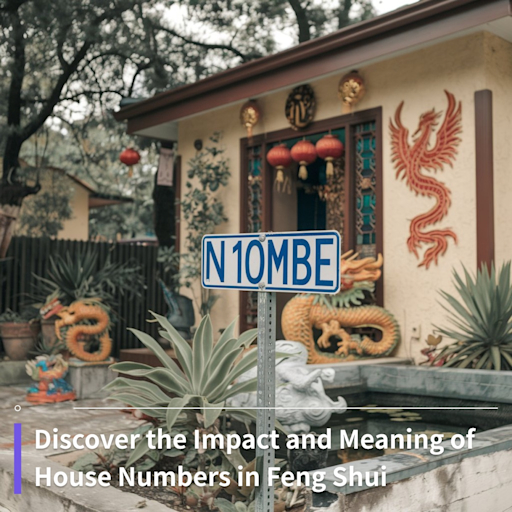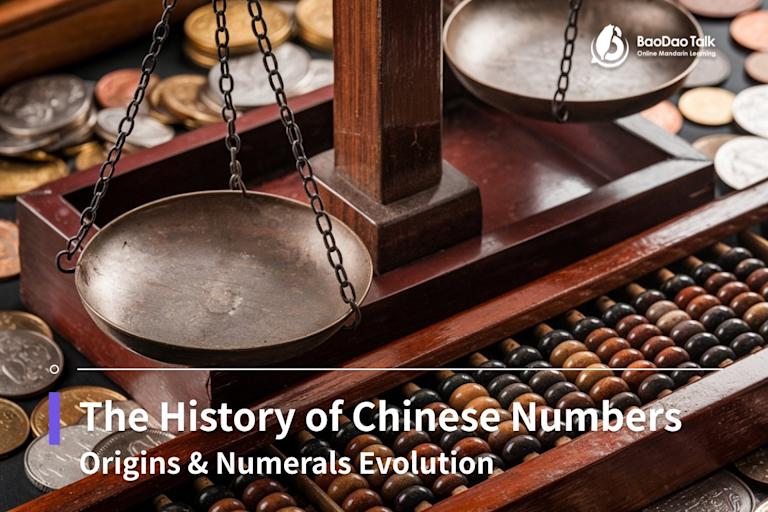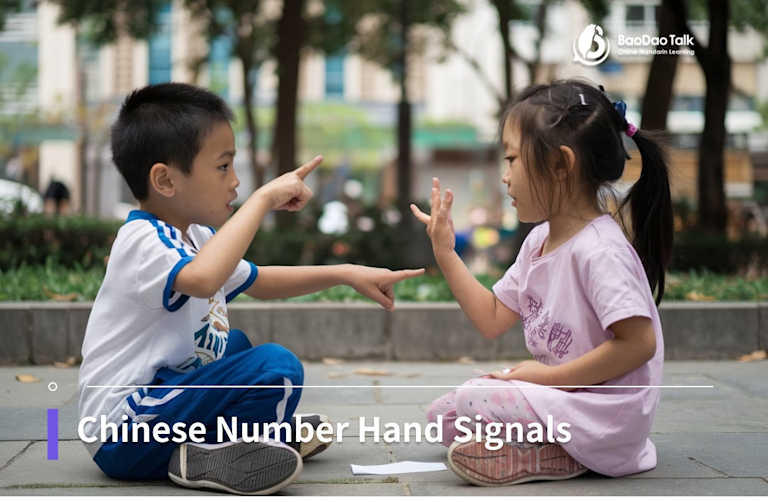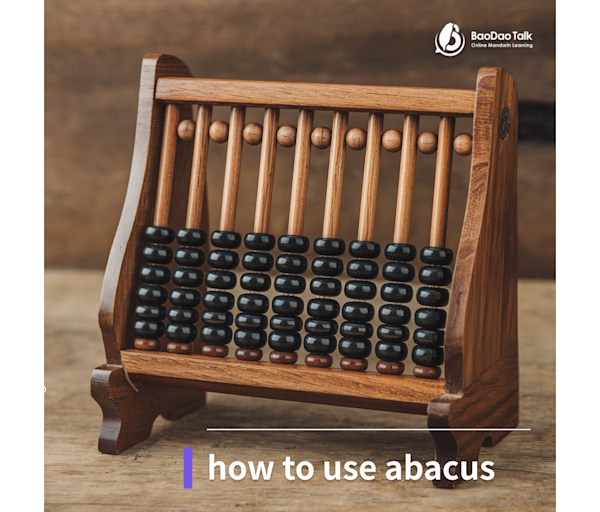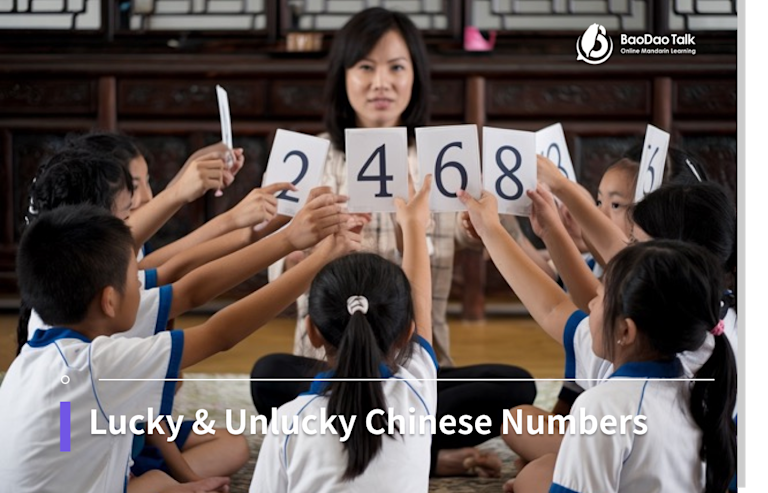BaoDao Talk Blog
2024-11-12updated
How to Say & Write Years in Chinese: Quick Guide

# Learning Mandarin
Learn how to say and write years in Chinese with our simple guide! With this, you can grasp the basics of reading or writing dates using Mandarin.
Quick Navigation
Learning how to say and write years in Chinese is a fundamental skill for anyone studying the language. Whether you're discussing historical events, marking important dates, or engaging in everyday conversation, it is bound to come up! While it may seem complex at first, the structure is straightforward, making it easy to grasp with practice.
Saying Years in Chinese: Basic Structure & Shortened
Basic Structure for Saying Years
Unlike English, where years are often grouped into decades or centuries, the Mandarin language breaks down the year into individual digits. Another crucial element in Chinese year expressions is the character 年 (nián), which translates to "year," which will be consistently used at the end when mentioning any specific year, unlike in English where it's often omitted.
For instance, 2024 is pronounced as "èr líng èr sì nián," meaning "two-zero-two-four-year." Moreover, this structure applies universally to years from different centuries, as seen in the examples below:
- 2020 is read as “èr líng èr líng nián”, which means two-zero-two-zero-year
- 1997 is pronounced as "yī jiǔ jiǔ qī nián", translating to one-nine-nine-seven-year
- 1745 is said as "yī qī sì wǔ nián", meaning one-seven-four-five-year
Shortened Versions for Saying Recent Years
In recent years, it's become common to shorten the pronunciation of years in Chinese by using only the last two digits. For example:
- 2023 simply becomes "èr sān" (two-three)
- 1999 might become “jiǔ jiǔ” (nine-nine)
- 1986 may be shortened as "bā liù" (eight-six)
While this trend is generally understood in context, it can cause ambiguity, especially when referring to older dates. Hence, in formal or unclear situations, using the full pronunciation is recommended to avoid confusion.

Writing Years in Chinese: With Arabic Numerals & Mandarin Characters
Writing Years in Chinese with Arabic Numerals
The most common way to write years in Chinese is by using Arabic numerals followed by the character for year, 年 (nián). Here are some examples:
- 2019 年
- 1990 年
- 1728 年
This format is widely used in both formal and informal contexts.
Writing Years in Chinese with Mandarin Characters
Another method, though less common, is to write the entire year in Chinese characters that represent each digit, such as:
- 2019: 二零一九年 (èr líng yī jiǔ nián) as in two-zero-one-nine-year
- 1990: 一九九零年 (yī jiǔ jiǔ líng nián) as in one-nine-nine-zero-year
- 1728: 一七二八年 (yī qī èr bā nián) as in one-seven-two-eight-year
This writing method is still used in certain contexts, like historical text, formal documents or calligraphy, so it is still good for someone learning Mandarin to recognize it.

Boost Your Mandarin Skills with Baodao Talk
We hope this article helped you with the basics of saying and writing years in Mandarin. It is a valuable skill that not only enhances your understanding of Chinese culture and history, but also equips you with essential communication tools for everyday life and professional interactions in Mandarin-speaking regions like China, Taiwan, Hong Kong, and more.
Regular practice and exposure to various learning resources can significantly improve your proficiency in reading, writing, and speaking years in Mandarin. For an immersive learning experience, consider trying out Baodao Talk! Our native-speaking tutors from Taiwan can tailor online courses to your pace so that you can consistently practice, eventually gaining confidence and fluency in this fascinating language!
Read More
Share to:

